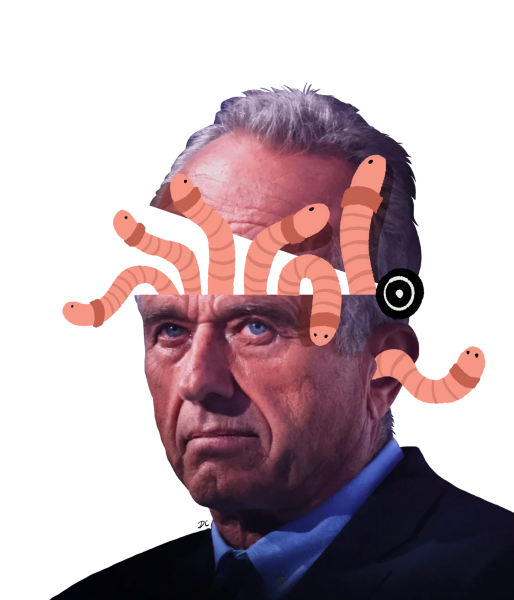In My Opinion: Remove the stigma from mental illness
I have noticed a shift, a recent evolution of our society towards more progressive thought, the acceptance of the individual long silenced by oppression, the movement towards inclusion of all genders, races, and orientations into the natural fold of basic human rights, the acknowledgment where it was once just ignored.
Despite all of this, the era of taboos is not over yet.
We’ve forgotten someone.
We’ve forgotten one in five adults in the U.S.
We’ve forgotten something that doesn’t discriminate based on gender or race or sexual orientation.
We’ve forgotten about mental illness.
In the U.S., 18.6 percent of all adults suffer from some mental illness.
Something that affects over 43.7 million people deserves a conversation at least.
And despite this, the stigma remains that those seeking services from a professional in the field of psychiatry or counseling are weak, are somehow lesser for it, are overreacting.
“Cheer up.”
“What do you even have to be unhappy about?”
“Depression isn’t an illness. You’re just sensitive.”
“Everyone gets anxious from time to time.”
If I had a dollar for every time I heard a dismissive comment like this, I could pay off my student loans.
Major depressive disorder and social anxiety disorder were officially recognized in the Diagnostic and Statistical Manual of Mental Disorders in 1980. It’s been real for 35 years. This is one movement worth hopping on the bandwagon for.
Despite effective treatment available, there can be decades between the first occurrence of a mental illness and when someone actually seeks treatment.
Almost half of the adults living with mental illness seek treatment at all.
And why is this?
Because they are told not to by society.
People are afraid to be judged, to be called crazy, to be told they are irrational, to be told that their problems don’t matter, to be told that their illness isn’t real.
That’s one in five adults who are afraid to ask for help.
No one should be afraid to ask for help.
Half of all chronic mental illness begins by the age of 14. Three-quarters by the age of 24. That one in five is your friend, the classmate sitting behind you, the coworker you gossip with after work, the neighbor living down your hall — just because you may not be able to see it doesn’t mean it isn’t there.
To put this in perspective for the college students reading: over one-third of students with a mental health condition age 14 to 21 and older drop out of school. Suicide is the 10th leading cause of death in the U.S. and second leading cause for ages 15 to 24. And 90 percent of victims of suicide suffered from some mental illness.
This is a problem that needs to be addressed.
There is nothing wrong with asking for help and you need to understand that. Everyone needs to understand that.
Courage is not the absence of fear; courage is the ability to continue despite fear.
So I ask anyone suffering alone out there to find your courage. And I ask everyone else to find your acceptance. Mental illness is real and it’s not going away anytime soon, but it doesn’t have to control our lives any longer. We as a society need to recognize this and abolish the stigma against seeking treatment.
It’s time for the era of taboos to come to an end.

Mary is a mass communication senior with a focus in journalism and a minor in classical studies. Before becoming the Editor-in-Chief, Mary worked as Life...












Harold A. Maio • Sep 11, 2015 at 11:26 am
—Remove the stigma from mental illness
One hopes you mean end claims of stigma. If not, you are a serious part of the problem.